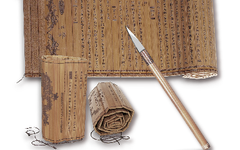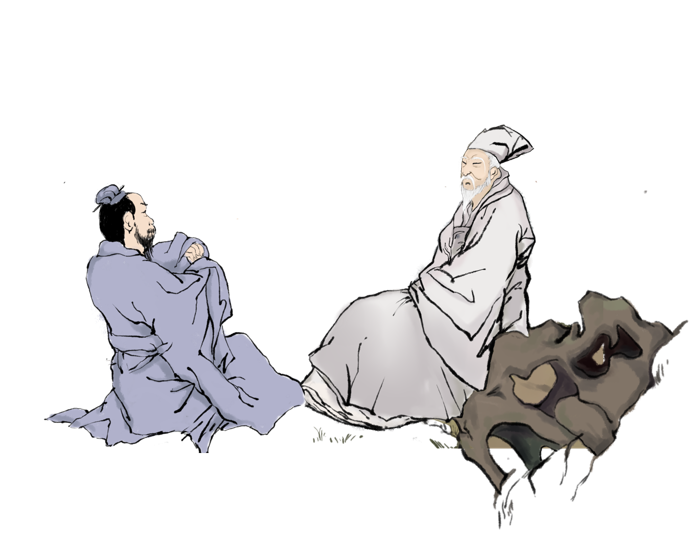
Hong Hua (Safflower)

Most effective for resolving blood stasis and heat
In larger doses, it promotes circulation
In smaller doses, it nourishes the blood
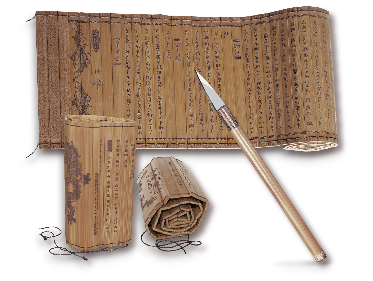
Hong Hua, a name in traditional Chinese medicine, refers to the dried flowers of the plant Carthamus tinctorius, a member of the Asteraceae family. The flowers are harvested in summer when they change from yellow to red, and then dried in the shade or under sunlight.
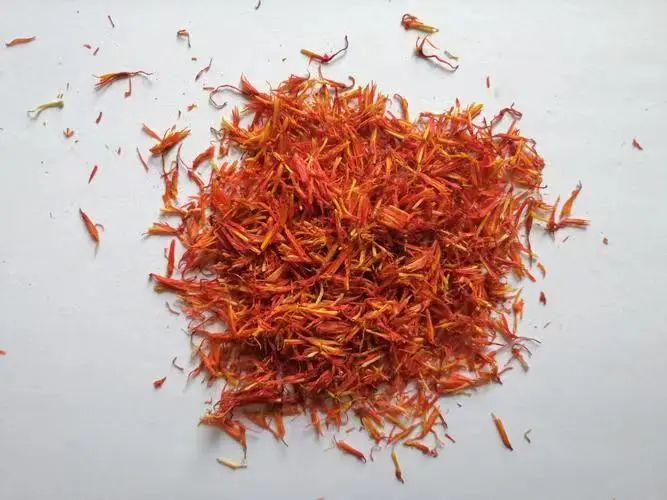
Name: Hong Hua (Safflower)
Pinyin: HONG HUA
Alias: Red Blue Flower, Spiny Safflower, Grass Safflower
Properties: Pungent flavor, warm nature; enters the Heart and Liver meridians
Preparation Methods:
1. Hong Hua: Take the raw herb, remove impurities, flower calyx, and flower stalk, and sift out ash.
2. Stir-fried Hong Hua: Place clean Hong Hua in a pan and stir-fry over low heat until slightly charred, then remove and cool.
3. Charred Hong Hua: Place clean Hong Hua in a pan and stir-fry over high heat until reddish-brown, sprinkle with a little water to extinguish flames, then remove and cool completely.
4. Vinegar Hong Hua: Mix Hong Hua with vinegar evenly, then place in a pan and stir-fry over low heat until dark red, then remove and cool. Use 20 kg of vinegar for every 100 kg of Hong Hua.
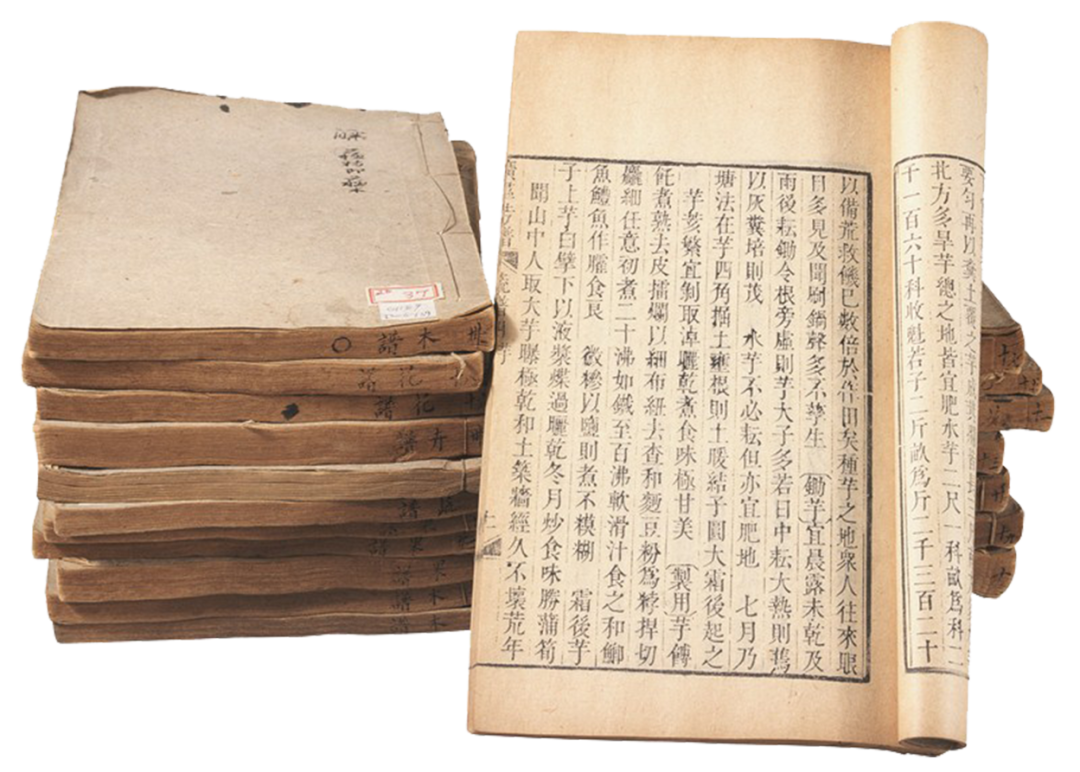
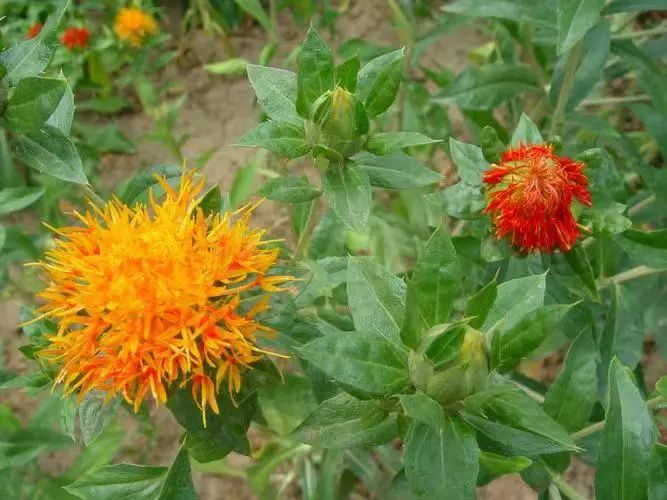
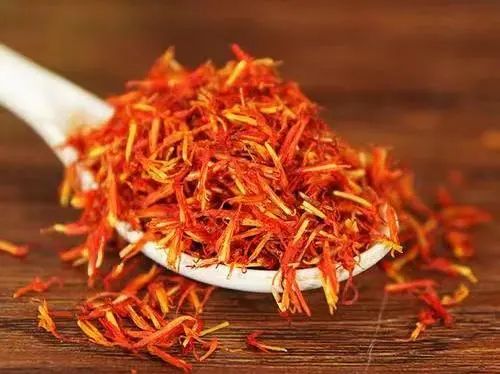
Dosage: Decoction, 3-10g. Use less for nourishing blood; use more for activating blood and dispelling stasis.
Functions and Indications: Activates blood circulation, regulates menstruation, disperses stasis, and alleviates pain. Used for amenorrhea, dysmenorrhea, retained lochia, abdominal masses, chest pain, abdominal pain due to stasis, stabbing pain in the chest and hypochondrium, trauma, and painful swellings.
Precautions: Contraindicated for pregnant women and those with excessive menstruation.
Related Combinations:
1. Hong Hua with Chai Hu: Hong Hua disperses and warms, activates blood and regulates menstruation, alleviating pain; Chai Hu is aromatic and disperses, soothes the liver, regulates qi, and relieves stagnation. Together, they harmonize qi and blood, effectively relieving pain due to blood stasis and qi stagnation, suitable for chest and hypochondriac pain, menstrual irregularities, and traumatic swelling.
2. Hong Hua with Rou Gui: Hong Hua activates blood and regulates menstruation, alleviating pain; Rou Gui warms and assists yang, disperses cold and alleviates pain. Together, they are effective in warming yang, dispersing cold, and relieving pain, suitable for amenorrhea, dysmenorrhea, postpartum abdominal pain due to stasis, chest pain, and lower abdominal pain due to stasis.
3. Hong Hua with Zi Cao: Hong Hua activates blood and unblocks channels to resolve stasis and eliminate spots; Zi Cao clears heat and cools blood to dispel rashes and eliminate spots. Together, they are effective in clearing heat, cooling blood, and resolving stasis, suitable for rashes with dark spots due to heat and blood stasis.
4. Hong Hua with Mo Yao: Hong Hua excels in activating blood and regulating menstruation; Mo Yao excels in activating blood and alleviating pain. Together, they enhance the effects of activating blood, regulating menstruation, and alleviating pain, suitable for abdominal pain due to blood stasis, amenorrhea, dysmenorrhea, and postpartum abdominal pain due to stasis.
Distinguishing Medicinal Use:
1. Hong Hua vs. Fan Hong Hua: Both herbs activate blood circulation, regulate menstruation, and alleviate pain, and can be used for blood stasis-related amenorrhea, dysmenorrhea, postpartum abdominal pain, abdominal masses, chest pain, trauma, and dark rashes. However, Hong Hua is derived from the tubular flowers of the biennial herb Carthamus tinctorius, with a pungent flavor and warm nature, and its blood-activating and stasis-dispelling effects are milder than those of Fan Hong Hua. Fan Hong Hua, derived from the stigmas of the perennial herb Crocus sativus, also known as saffron, has a sweet and slightly cold flavor, with stronger blood-activating and stasis-dispelling effects, and additionally cools blood and detoxifies, especially suitable for severe rashes due to heat entering the blood level.
2. Hong Hua vs. Wu Ling Zhi: Both herbs activate blood, dispel stasis, and alleviate pain, and can be used for blood stasis-related amenorrhea, dysmenorrhea, postpartum abdominal pain, abdominal masses, and trauma. However, Hong Hua has stronger blood-activating and stasis-dispelling effects, applicable to various blood stasis conditions, and can resolve stasis and eliminate spots, also suitable for rashes with dark spots due to heat and blood stasis. Wu Ling Zhi is more focused on alleviating pain, commonly used for blood stasis-related pain, and can also stop bleeding and treat bleeding due to internal blood stasis.
3. Hong Hua vs. Dan Shen: Both herbs activate blood, dispel stasis, and alleviate pain, and can be used for blood stasis-related menstrual irregularities, dysmenorrhea, amenorrhea, postpartum abdominal pain, chest and abdominal pain, abdominal masses, rheumatic pain, and trauma. However, Hong Hua disperses and warms, specifically entering the blood level, and can resolve stasis and eliminate spots, suitable for rashes with dark spots due to heat and blood stasis. Dan Shen has a bitter flavor and slightly cold nature, activating blood and cooling blood, especially suitable for blood heat and stasis, and can cool blood, dispel abscesses, calm the spirit, and treat sores.
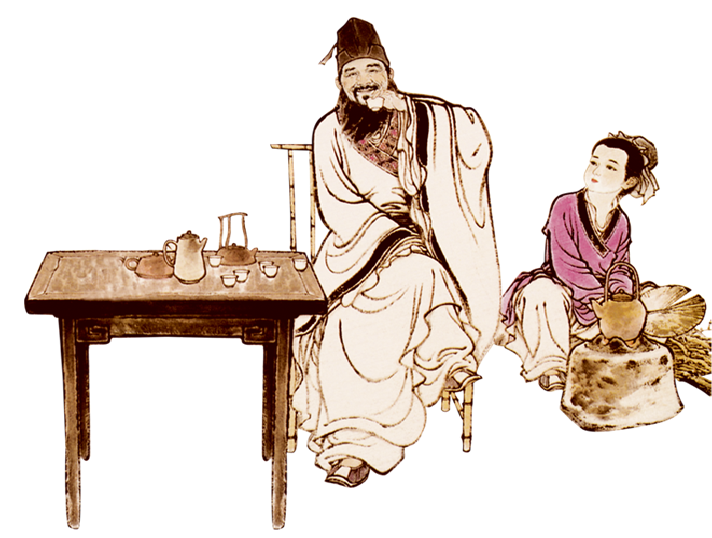 Herb Characteristics
Herb Characteristics
This product consists of tubular flowers without ovaries, measuring 1-2 cm in length. The surface is reddish-yellow or red. The flower tube is slender, with five lobes at the tip, and the lobes are narrow and elongated, measuring 5-8 mm; there are five stamens, and the anthers are fused into a tubular shape, yellowish-white; the style is long and cylindrical, with a slightly bifurcated tip. The texture is soft. It has a faint fragrance and a slightly bitter taste.
Related Discussions
1. “Newly Revised Materia Medica”: Treats speechlessness, blood clots, and various postpartum diseases.
2. “Materia Medica Compendium”: Hong Hua is a medicine that breaks blood, circulates blood, harmonizes blood, and regulates blood.
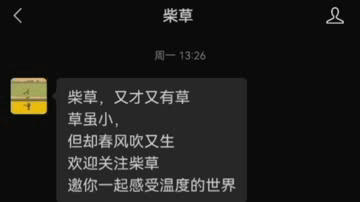
END
 Click the blue text below to learn more about previous knowledge! A warming herb – Rou Gui A cooling herb – Zi Cao A blood-activating and stasis-resolving herb – Mo Yao
Click the blue text below to learn more about previous knowledge! A warming herb – Rou Gui A cooling herb – Zi Cao A blood-activating and stasis-resolving herb – Mo Yao
Copyright Notice: The text and images published are sourced from the internet. The copyright belongs to the original authors, and we express our deep respect to them. If there are any copyright disputes or other issues, please inform us promptly, and we will delete or handle them appropriately.

